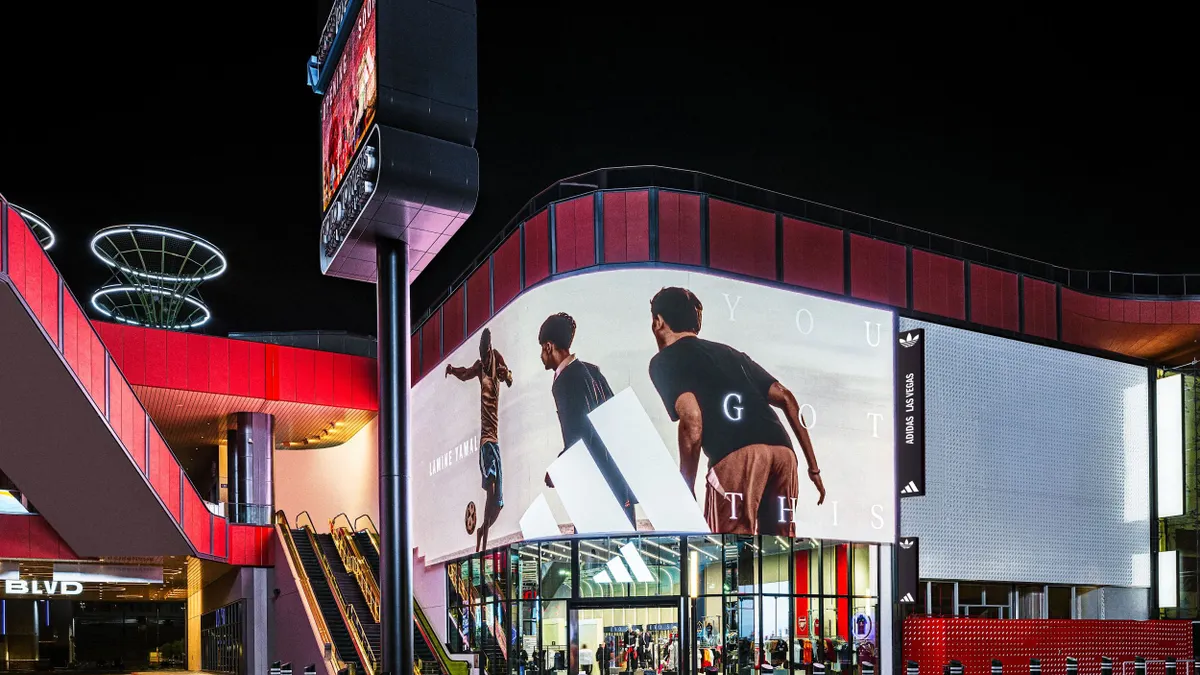Dive Brief:
-
Some customers at retailers including Best Buy, J.C. Penney, Sephora, CVS, Advance Auto Parts, Dick’s Sporting Goods, Home Depot and Victoria’s Secret are leaving disgruntled after being denied the ability to return items, in some cases even with receipts, The Wall Street Journal reports.
-
Those retailers and others employ the firm Retail Equation (owned by Appriss Inc.), according to the report. That company uses algorithms to develop a "risk score," based on consumers' shopping and return behavior, to help identify fraudulent attempts or serial returners.
-
The value of retail returns last year rose 53% from 2015 to $400 billion, and the growth of e-commerce is stoking that, according to returns and overstock supply company B Stock. Returns of brick-and-mortar purchases tend to hover at 8%, while e-commerce returns can reach as high as 15% to 30%, according to CBRE, which says that likely value of online holiday returns is $32 billion, up from 2016's estimated $28 billion.
Dive Insight:
Returns are expensive for retailers, representing lost sales, sometimes damaged or opened inventory and extra staff time.
Of the three options for returning unwanted items — return to store, return to distribution center and return to a third party — return to store is not only usually the cheapest option for retailers, who may benefit as some customers buy something else, but it's also preferred by some 60% of online customers themselves, according to consulting firm AlixPartners.
For some online shoppers, ordering multiple sizes of a product with the intention of shipping back what doesn't fit has become the norm, much to the expense of retailers. More than 40% of retailers have seen an increase in such "intentional returns" in the past year, according to omnichannel retail management firm Brightpearl. That's exacerbating the already margin-crushing costs of fulfillment and delivery for orders that customers actually keep: 44% of retailers say margins are being strongly impacted by handling and packaging returns, with 70% saying they expect to be squeezed further as the practice intensifies.
Many retailers, including Amazon through its Prime Wardrobe program, Stitch Fix, Trunk Club, Warby Parker, ASOS and Best Buy have begun offering try-before-you-buy options for customers.
Rather than using algorithms to broadly ding customers on their return patterns, retailers should be using such data to identify problematic serial returners and fraud and to get a clear understanding of the true cost of returns, according to Brightpearl CEO Derek O'Carroll. "That’s the only way to know whether a TBYB model will increase business and whether its a sustainable option," he told Retail Dive in an email. "Businesses can then look to ways to recover margin, for example, charging for delivery, or returns, as an increasing number of U.S. retailers are now doing (46% up from 37% in 2017). However, 9 out of 10 consumers want free returns, so the onus really should be on finding a solution that allows retailers to capitalize on this trend without punishing or limiting consumers."
While retailers must figure out how to manage returns, getting overly tough with customers in such an environment could hurt their brand and impede opportunities to make the next sale, according to Linc VP of Marketing Luke Starbuck. To cement a customer retention strategy, brands must be ready to help the customer during the returns phase, he said.










